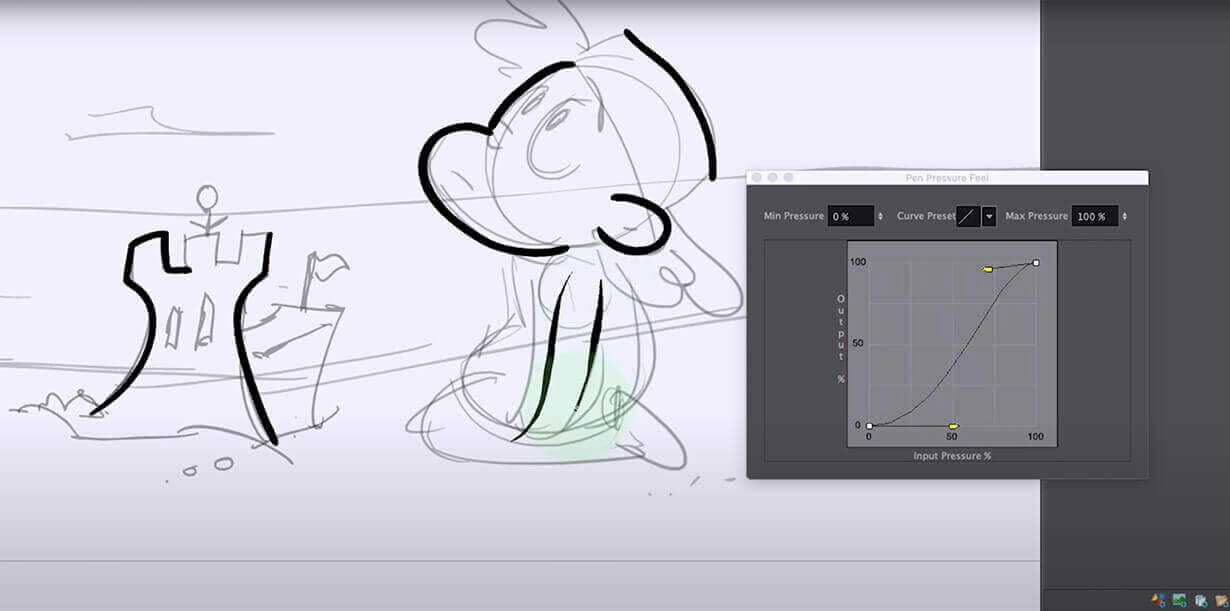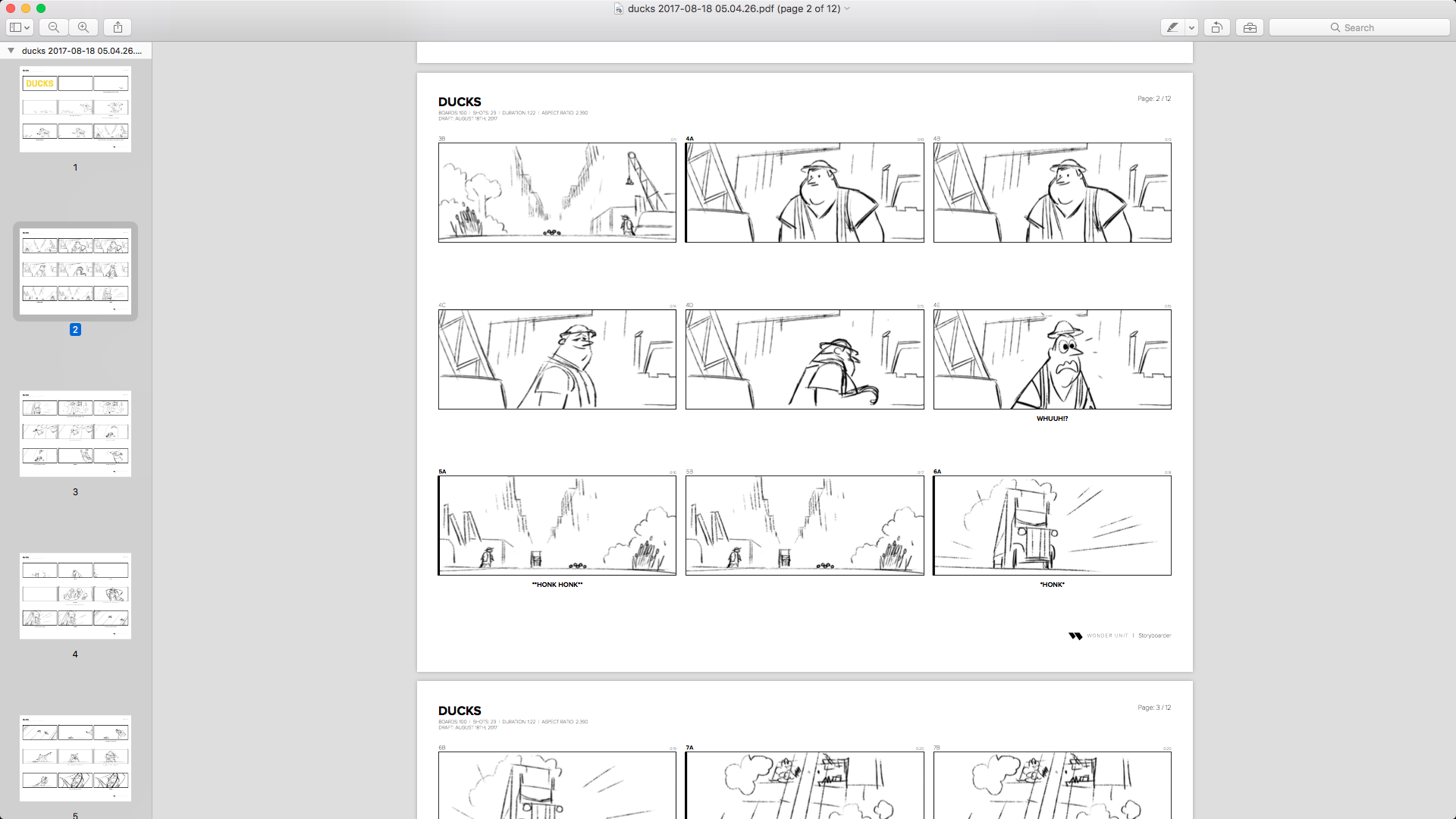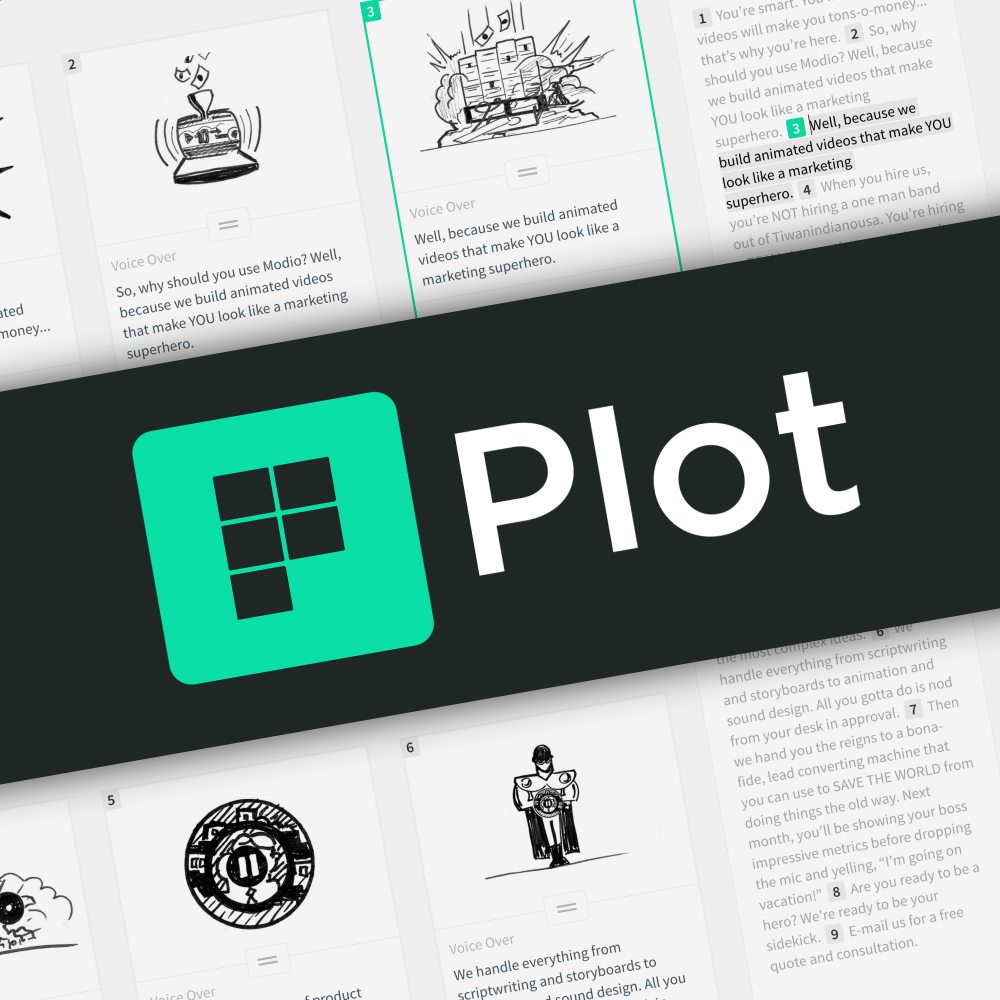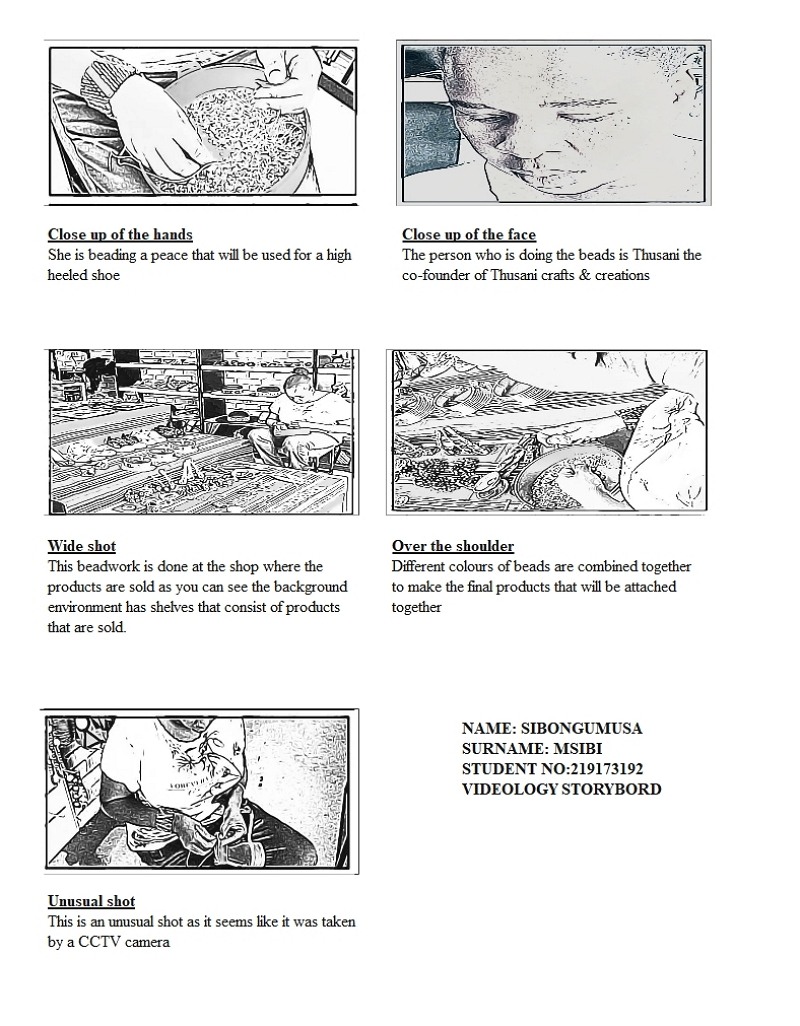


But try to match up each element of a story with the medium that best conveys it. It’s also useful to have some overlap among the story’s nonlinear parts, as a way to invite readers to explore the other parts of the story. Make sure the information in each medium is complementary, not redundant. A little overlap among the different media is okay.Often, text is what’s left over when you can’t convey the information with photos, video, audio or graphics. What part of the story belongs in text? Text can be used to describe the history of a story (sometimes in combination with photos) to describe a process (sometimes in combination with graphics), or to provide first-person accounts of an event.Interactive GIS can personalize a story in a way impossible with text by letting readers pinpoint things in their own cities or neighborhoods – such as crime or meth labs or liquor stores or licensed gun dealers. Does the story need a map? Is the map a location map, or layered with other information? GIS (geographic information systems) and satellite imaging are important tools for reporters.Sometimes graphics can be a story’s primary medium, with print, still photos and video in supporting roles. Graphics go where cameras can’t go, into human cells or millions of miles into space. What part of the story works best in graphics? Animated graphics show how things work.Good audio makes still photos and video seem more intense and real. Bad audio makes video seem worse than it is and detracts from the drama of still photos. Does the audio work best with video, or will it be combined with still photos? Good audio with video is critical.

Panorama or 360-degree photos, especially combined with audio, also immerse a reader in the location of the story. Still photos used in combination with audio also highlight emotions. They’re often more dramatic and don’t go by as quickly as video. Decide what pieces of the story work best in still photos. Still photos are the best medium for emphasizing a strong emotion, for staying with an important point in a story, or to create a particular mood.Decide what pieces of the story work best in video. Video is the best medium to depict action, to take a reader to a place central to the story, or to hear and see a person central to the story.Next, divide the contents of the story among the media - video, still photos, audio, graphics and text. The home page comprises a headline, nut graph, an establishing visual (can be a background or central photograph, a slide show or a video), and links to the other parts, which are usually subtopics of the overall story. Instead of thinking “first part,” “second part”, “third part”, “fourth part”, think “this part”, “that part”, “another part”, and “yet another part”.

other related issues raised by the story.profiles of the main person or people in the story.a lead or nut paragraph, essentially addressing why this story is important.The first thing to tackle is the part about the story being nonlinear.ĭivide the story into its logical, nonlinear parts, such as: So your storyboard should be put together with all those elements in mind. Figure out what medium to use for each part of the storyĪ multimedia story is some combination of video, text, still photos, audio, graphics and interactivity presented in a nonlinear format in which the information in each medium is complementary, not redundant.Define the parameters of a story within available resources and time.
#Make storyboard program freeware how to#
A storyboard is a sketch of how to organize a story and a list of its contents.


 0 kommentar(er)
0 kommentar(er)
